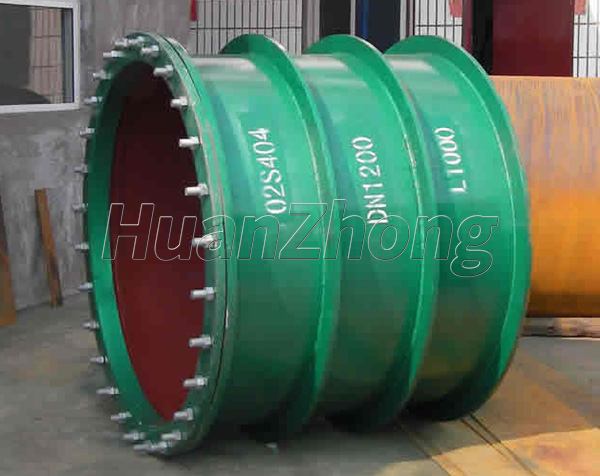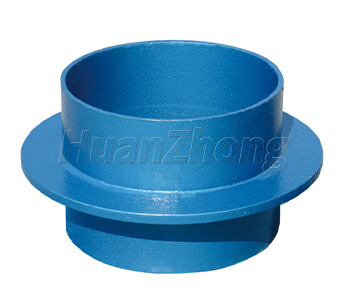Rigid waterproof casing production should pay attention to what
Rigid waterproof casing production should pay attention to what
Fabrication process of rigid waterproofing casing. In order to construct the composite mortar in the inner cavity of the rigid waterproofing casing, a single prefabricated component should first be selected from the manufacturer. After the pipe construction is completed and electrically welded, the earth backfill deformation is stabilized and should be addressed at the inner cavity of the interface. Before construction of the inner cavity cement mortar project, it is necessary to check that its longitudinal deformation does not exceed the value required by the design scheme, but care must be taken that it does not exceed 2% of the pipe diameter. Before constructing a rigid waterproofing casing project, the pipe must be cleaned to remove loose oxidation skin from the rigid waterproofing casing, including dirt, soil, high quality and environment. Rigid waterproof casing should not exceed one-third of the thickness of the cement mortar. The advantages of rigid waterproof casing have been widely used in the selection of The product plays a vital role in the moisture-proof characteristics of the pipe. When selecting this product, customers should give due consideration to the manufacturer's scale of operation and the characteristics of the commodity in order to achieve the desired practical results in the case of application. The commodity is available in many specifications and models, which customers can choose and follow the construction regulations of the project.


What should I pay attention to when installing waterproof casing?
1 . Understand the drawing and analyze how to manufacture the pre-built casing before processing the casing.
2 . The production process should pay attention to the drainage casing. After installation, the nozzle should be flush with the finishing appearance of walls, beams and columns.
3 . The steel sleeve must be completely welded around the water retaining wing ring.
4 . The slope of the pipe should be even, there should be no slope. The slope of the pipe at the exit of the roof should be increased appropriately.
5 . Check all pipe fittings for cracks, sand holes and uniform wall thickness.
6 . Before using the pipe, please survey, flush and flush the outer wall and check for cracks and holes.
7 . Check that all sockets are intact, secure and compact.
8 . Plumbing fixtures should be set up according to construction inspection standards.

